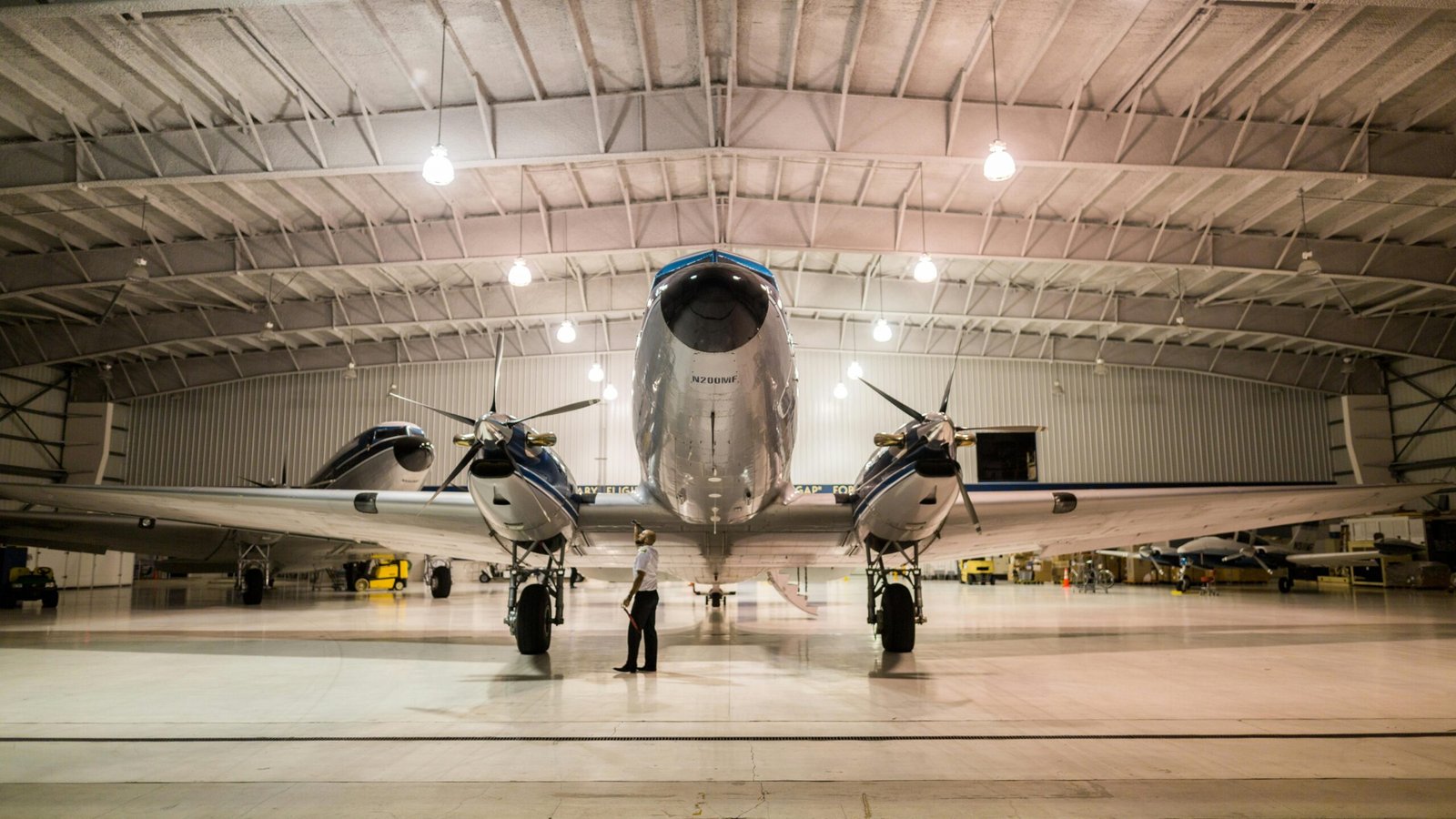Precision has been a common element in air travel. Each seatbelt click, each cabin announcement, and each flicker of the runway lights are all the work of painstaking choreography. What goes on behind the scenes, even before a plane takes off the ground, is bigger than most passengers can ever think of. System checks, which are not always visible to the naked eye, have the capability of determining whether a flight is simply smooth or safe.
Safety does not rely on one check. It is a beat, a habit, and a way of thinking that controls the ground crews and flight teams on a daily basis.
Step 1: Listening to Patterns, not Parts
Mechanical systems, particularly those that are designed to be used in aviation, are very reliable. But even the most excellent wears out or goes wrong unless it is taken care of. The important thing about checking a system is not so much marking the boxes but also seeing the patterns of small leaks that happen a little too frequently, instruments that reset more slowly than they should, or valves that no longer seal with the same crispness.
Skilled technicians know this. They do not take one inspection as an isolated incident but as a continuation of a story. An aircraft does not break. It suggests, in the long run, in a small voice. The worn sensors may record properly, but their response time is slow. A switch that was always firm becomes loose. These might not be a cause for alarm on paper, but they are an indication that something is changing.
Crews are able to identify problems before they become big by comparing the information today with yesterday’s reports and last month’s logs. This pattern recognition can be used to prevent action components can being changed early or a routine adjusted. And that sort of foresight does more than save money. It will be able to save lives.
Step 2: Believing in the Human Touch in the Digital World
Aviation has been made safer than ever due to technology. The health system is now reported with impressive accuracy via monitors, sensors, and diagnostics. However, with this technologically advanced world of screens and data, human opinion does not give ground. A computer will not be able to sense when a wire is brittle or be able to feel the heat of a component that ought to be cool. Yet people do.
This is why physical walkarounds are so important. An experienced engineer will pick up something a chart will not: an odd odor in the area of the hydraulic lines, an unbalanced sound of a vent fan, or a slight vibration in a panel that is normally quiet. These are indicators that an algorithm cannot explain, but they count.
It is also somewhat comforting that people inspect the same plane on a daily basis. They are familiar with the way it generally sounds, the way it flows, and the way it settles. When something does not seem right, in the slightest degree, they sense it. That familiarity creates a safer net than protocols. It is what makes technical compliance an emotional responsibility. The passengers are the greatest beneficiaries when the person checking the machine is the one who is highly concerned with the way the machine behaves.
Step 3: The Priority of the Unseen Systems
The engines and the brakes attract much attention, and yet some of the most important systems involve those that passengers do not even think about. Supporting systems such as cabin pressure systems, fire suppression systems, and oxygen supply systems are some of these lifelines that you do not think about until you need them. And at that point, it is already too late to find out the problem.
This is why the servicing of these systems should be paid attention to carefully. As an example, you could take the aircraft oxygen servicing, which might appear as a trivial procedure, but during emergencies, it can be very important. Accessibility and efficiency of onboard oxygen systems can determine the safety and speed of the resolution of a situation. Inspecting that these systems are sealed, filled correctly, and without contaminants is not just a routine; it is a silent oath to all the travelers who board the aircraft.
The same attention is paid to systems that react during infrequent, stressful events. Automatic fire extinguishers, illumination that gives directions to passengers in the dark, or alarms that sound at the right time, all these are features that can never be noticed unless something goes wrong. That is why they have to work perfectly.
Conclusion
Flying is, to an extent, an act of faith. Passengers believe in machines that they can not examine, pilots that they will never see, and systems that they cannot comprehend. That trust is gained unobtrusively in pre-boarding gates, hangars, and maintenance bays, where discipline, repetition, and consideration overlap. More effective system checks do not simply mean procedures. They are values at work. They are indicative of a culture that values the risks of flying.
YOU MAY ALSO LIKE: Flight Sim Software Updates: What’s New This Year











